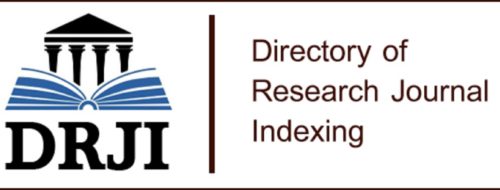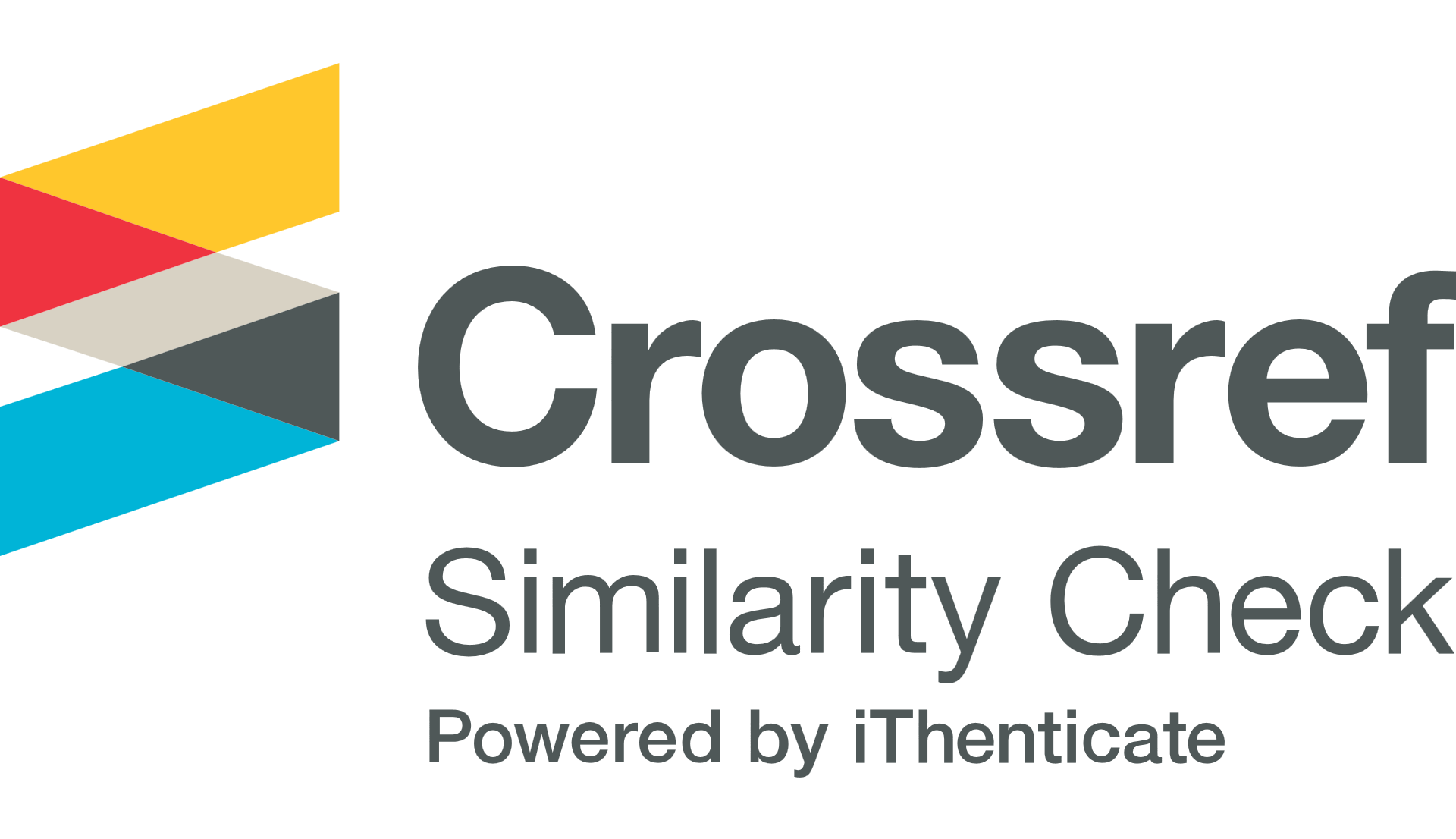Processes for obtaining rosa petal liquor
Bibliographic review article
Keywords:
rose, extraction, solid-liquid, distillation, liqueursAbstract
This research work is a bibliographic review focused on obtaining liquor with specific characteristics, which are due to the presence of an essential oil from rose petals, these petals are considered as rejection of the flower industry and its final destination is composting. The use of this by-product lies in the fact that the essential oil manages to modify the flavor and color of the elaborated liquor, giving added value to the final product. To elaborate an alcoholic beverage several processes are considered that can vary depending on the raw material used, these processes can be maceration, steam entrainment, solid-liquid extraction, among others; It is also evident that liqueurs are usually produced with additional substances and among them are flowers such as: rose, lavender, saffron, which are considered the main ingredient. Because in Ecuador 80% of the flower industry belongs to rose plantations that are mostly destined for export, generating waste that is used as composting. The most suitable process for carrying out this product is solid-liquid extraction at room temperature with ethanol as a solvent, this is because ethanol is part of the composition of the final product and also maintains the characteristic properties of the essential oil that is extract from the rose petals.
Keywords: rose, extraction, solid-liquid, distillation, liqueurs.
References
Aleixandre, J. (1999). Licores. En: Vinos y bebidas alcohólicas. Dpto. de tecnología de alimentos. Universidad Politécnica de Valencia, España. Servicios de publicaciones.
Banco Central del Ecuador. (2012). Boletines estadísticos. Obtenido de: www.bce.fin.ec
Dabbah, R., Edwards, V. M., & Moats, W. A. (1970). Antimicrobial action of some citrus fruit oils on selected food-borne bacteria. Appl. Environ. Microbiol., 19(1), 27-31.
Expoflores (2013, 13 de enero). www.expoflore.com. Recuperado el 2013, de www.expoflores.com/estadisticas
Gómez, C. (2014). Análisis histórico del sector florícola en el Ecuador y estudio del mercado para determinar su situación actual (Bachelor's thesis, Universidad San Francisco de Quito). Quito: Ecuador. http://repositorio.usfq.edu.ec/bitstream/23000/3323/1/110952.pdf
Guijarro, M. (2013). Diseño de un proceso para producir un licor con sabor a capulí. Tesis de Grado para la obtención del Título de Ingeniero Químico. Carrera de Ingeniería Química. Quito: Universidad Central del Ecuador. 65 p. http://www.dspace.uce.edu.ec/handle/25000/2294
Hersom, A. & Hulland, E. (1974). Conservas Alimenticias. Zaragoza, España: Editorial Acribia S.A. pp. 61-62.
INEN. (2016). NTE INEN 1837. Bebidas alcohólicas. Requisitos. Disponible en: https://181.112.149.204/buzon/normas/nte_inen_1837-2.pdf
Martínez, A. (2003). Aceites esenciales. J. Nat. Prod, 59(1), 77-79.
Ortuño, M. (2006). Manual práctico de aceites esenciales, aromas y perfumes. Madrid: Aiyana ediciones. https://books.google.com.pr/books?id=cW5TsDKqx9wC&printsec=frontcover#v=onepage&q&f=false
Peña, J. (2010). Establecimiento de una plantación de una hectárea de rosas. Trabajo de graduación. Universidad de Cuenca, Cuenca, Ecuador. http://dspace.ucuenca.edu.ec/bitstream/123456789/3081/1/tm4a44.pdf
Ramírez, E. (2010). Los Licores, origen, definición y tipos.
Reyes-Linares, A., Pino-Alea, J., & Moreira-Ocanto, V. (2011). Aspectos generales sobre la elaboración del licor de limón. ICIDCA. Sobre los Derivados de la Caña de Azúcar, 45(1), 13-19.
Romero, C. (2013). Elaboración de macerados y mistelas con especies vegetales disponibles en la provincia del Azuay. Trabajo de graduación. Universidad de Cuenca, Cuenca, Ecuador. https://dspace.ucuenca.edu.ec/bitstream/123456789/3697/1/Tesis.pdf
Sefidkon, F., Abbasi, K., & Bakhshi, G. (2006). Influence of drying and extraction methods on yield and chemical composition of the essential oil of Satureja hortensis. Food chemistry, 99(1), 19-23. https://doi.org/10.1016/j.foodchem.2005.07.026
Valencia, M. (2012). Aprovechamiento de pétalos de rosa comestible para la producción de licor. Trabajo de Graduación previo la obtención del Título de Ingeniera Química. Carrera de Ingeniería Química. Quito: Universidad Central del Ecuador. 48 p. http://www.dspace.uce.edu.ec/handle/25000/859
Published
How to Cite
Issue
Section
License
Copyright (c) 2020 Scientific Journal INGENIAR: Engineering, Technology and Research

This work is licensed under a Creative Commons Attribution-NonCommercial-ShareAlike 4.0 International License.

















